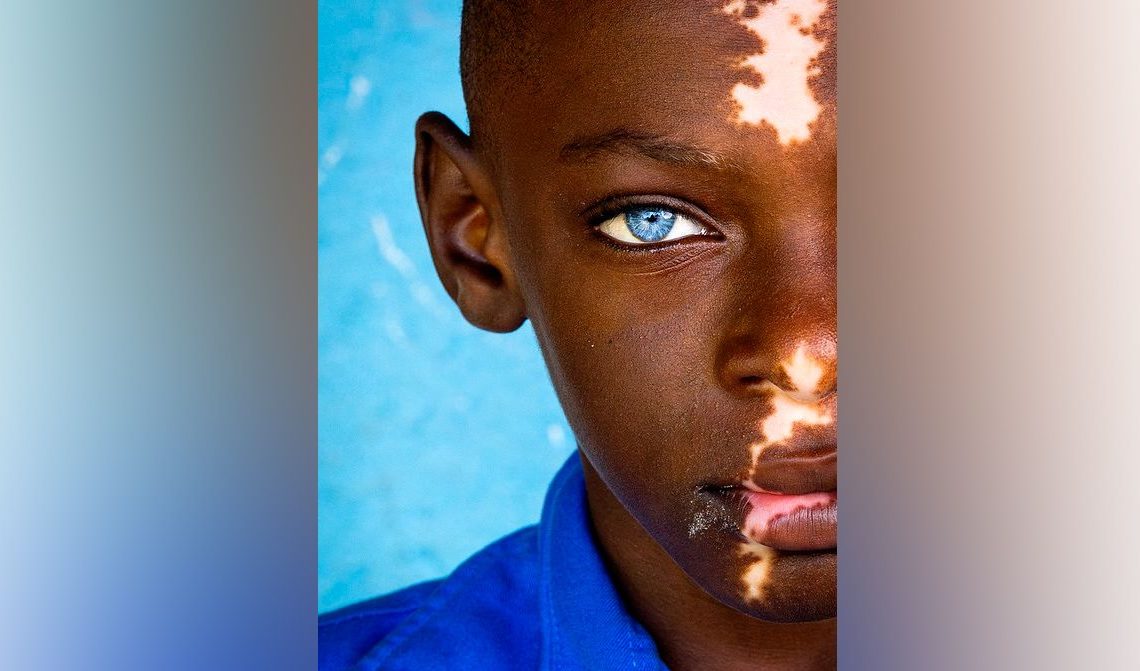
I’m loving the winning entries for this year’s World Sight Day Photo Competition, and not just because they’re great images. They also underscore something we often forget in an era of megapixel arms races and endless gear upgrades: the story matters more than the sensor.
So what am I talking about? Well, every year the International Agency for the Prevention of Blindness (IAPB) hosts a photo contest, and they’ve just had their 10th. They chose Shakul’s Eyes by Marijn Fidder (below), taken in Uganda, as the Professional Photo of the Year, and Makalika and her son post-surgery (above), taken by Darren James in Samoa, as the Amateur Photo of the Year.

Both images emerged victorious from more than 500 entries across 60 countries. But what makes this competition significant isn’t its popularity or global reach. It’s what it values… and what it doesn’t.
The right priorities
Fidder exemplifies the competition’s priorities. She’s spent years documenting disability rights in Uganda; developing relationships and understanding that allow her photographs to transcend simple documentation.
Anyone trying to follow her inspiration, though, will run up against a mass of challenges and contraditions. For instance, how do you photograph healthcare infrastructure without reducing people to their conditions? How do you show medical intervention without patronising subjects? These are questions that separate thoughtful documentary work from medical tourism with a camera.
The competition sits within IAPB’s broader ‘Love Your Eyes’ campaign, launched in 2021 to raise awareness that 1.1 billion people worldwide lack access to eye health treatment. For photographers, it offers something increasingly rare: a platform where work addressing genuine need receives recognition alongside aesthetic achievement. The $1,000 prize for both professional and amateur categories isn’t life-changing money, but the exposure and recognition will matter to many.
The right to dignity
Typical, successful images show subjects with dignity, context that explains without over-explaining, and moments that reveal universal experiences through specific situations. Fidder’s winning image, for instance, succeeds because it treats disability rights as an ongoing story requiring sustained attention, rather than a one-off project.
Similarly, the amateur category winner, Darren James, works across the Asia-Pacific region documenting development and aid work. His Samoa image demonstrates that people outside traditional photojournalism careers can produce work matching professional standards when they invest time understanding their subjects and contexts.
IAPB has also launched a digital exhibition showcasing standout images from the past decade. It’s worth a look, just to see how visual approaches to healthcare and disability have evolved over this time. Broadly speaking, it seems that there is less medical theatre, more genuine human interaction. Photographers have learned, sometimes slowly, that the most powerful images emerge from relationships rather than parachute visits.
Enter for 2026
Fancy entering next year? The competition closes each October, with winners announced in early November – details are here. And for photographers frustrated by contests where the same names recycle familiar tropes, the World Sight Day Photo Competition offers something different: a chance to deploy skills toward measurable impact. If you need your work to matter beyond portfolio padding, competitions like this deserve attention.
Ultimately, few of us will ever shoot for National Geographic or win World Press Photo. But lesser-known competitions like this connected to active campaigns, provide opportunities to contribute meaningfully while developing long-term projects. At the very least, it’s a counterweight to Instagram’s endless scroll.
Author: Tom May
Source: DigitalCameraWorld
Reviewed By: Editorial Team



